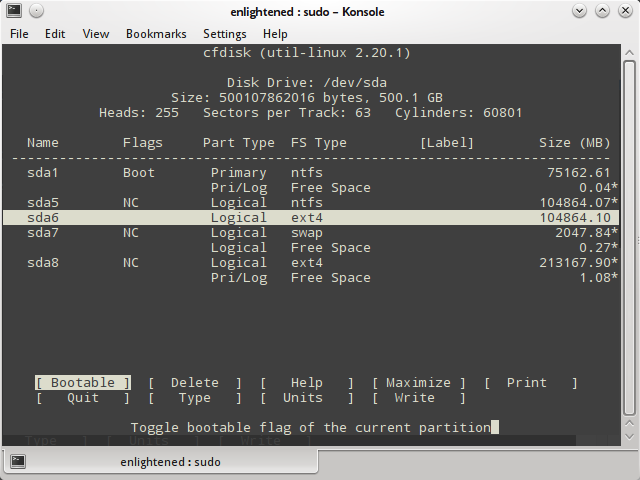

$ systemctl list-units -type=serviceīy default, this command will show you only the services that are active or the services that have failed on your system. You can specify the “–type=service” option in order to restrict the results to services only. The identify command will print out the image specific properties such as the format, colorspace, channel information etc.The easiest way to list services on Linux, when you are on a systemd system, is to use the “systemctl” command followed by “list-units”. If you want to see what the file type is, then the file command can help you out.Īlso in the case of image files, the identify command that is part of the imagemagick package is a very good option. There are in fact a couple of more commands that shows you specific information of a file depending on the type of the file. Another example of piping to ls command isĪgain, as with most Linux commands, you can input multiple files in the command line to print the details of multiple files or use the pipe to output details of multiple files. The above command will print out the file details exactly as before, but is useful if you didn’t know the exact location of the world_bkp file. If you are using another command such as find or locate to print out files, then you can pipe (|) the output of that command to either ls or stat to print out more meaningful information. You can see the difference by running the command with and without the -f option. The -f command line option specifies to print out the file system status instead of the file status. stat can be used on file systems as well. There is also a basic description for each value in the format.īoth the ls and stat commands can be used for any file descriptor, which means both the file as well as directories. This prints out almost the same information as the ls command, but prints it out in a much more human readable format. The basic stat command works without any command line arguments, other than the file name… If you prefer a much more human readable format, then you can use the stat command instead. As long as you know what information is printed in each column it should work just fine. The above command will print out all relevant metadata information about the file, but usually is not very human readable in its format. H : Print the sizes in human readable format. N : Prints out the numeric user id and group id I : Prints out the inode number of the fileĪ : Prints out all entries and does not ignore any files

This is much more informative than the default format. L : This uses the long listing format while printing out. The various command line options above prints out various information as detailed below Using some command line options you can print out all the details and metadata information of the particular file. The most useful of the two commands is ls, (at least in my opinion) which lists the file details. Both will print out almost the same information but in different format. There are mainly two different commands that you can use for this purpose, ls and stat. The file metadata details includes information regarding its size, permissions, creation date, access date, inode number, uid/gid, file type etc. When viewing a particular file in Linux, you might want to see all the relevant file metadata associated with it.


 0 kommentar(er)
0 kommentar(er)
